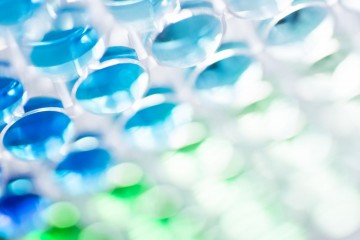PhD Studentship
Application of a 3D hydrogel-based model to replace use of animals for passaging patient-derived xenografts

At a glance
Completed
Award date
April 2017 - March 2020
Grant amount
£90,000
Principal investigator
Dr Anna Grabowska
Co-investigator(s)
Institute
University of Nottingham
R
- Reduction
- Replacement
Read the abstract
View the grant profile on GtR
